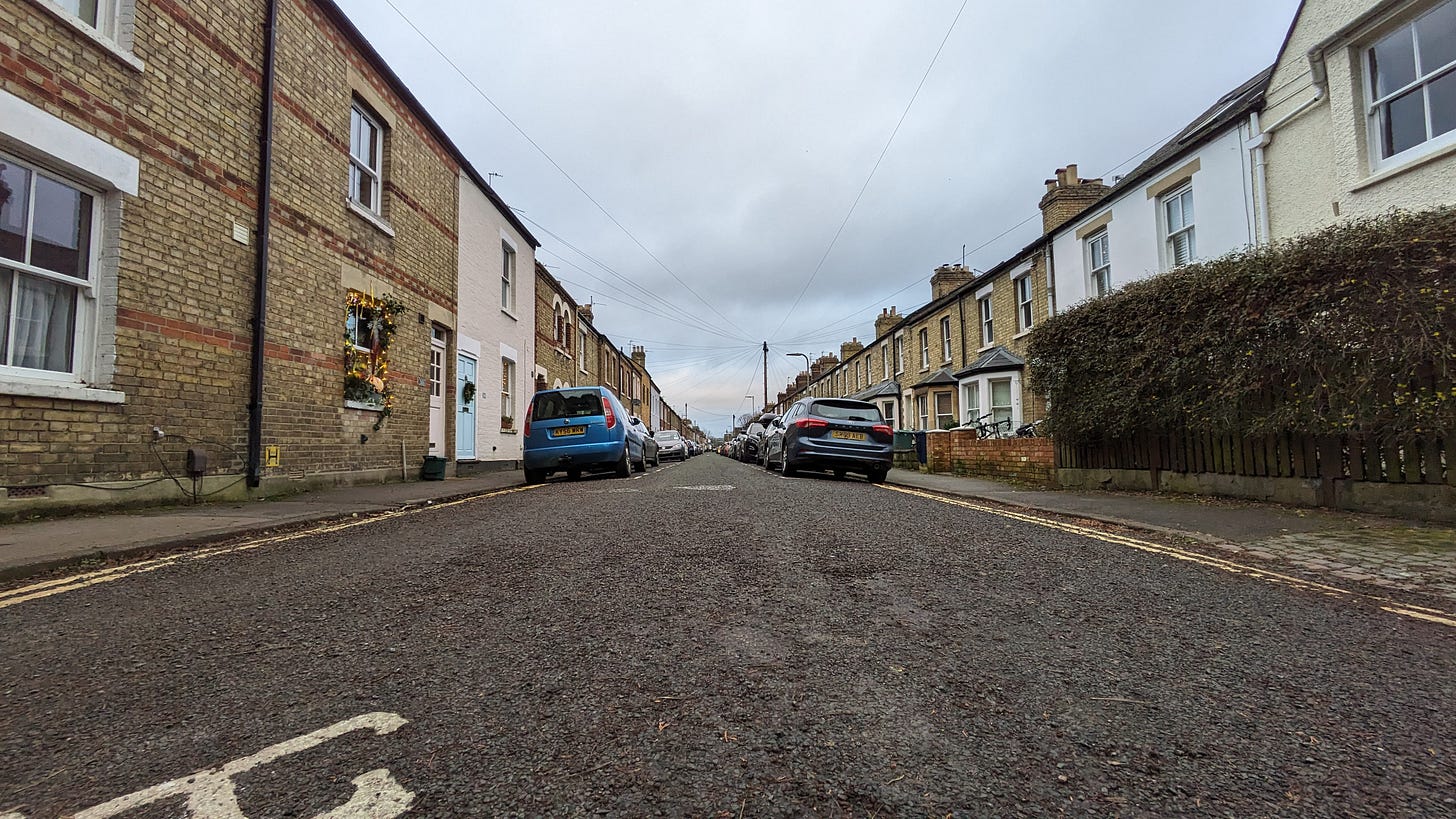The quiet Oxford street once home to one of the wonders of Victorian Britain
Thousands of people gathered to catch a glimpse of what was a marvel of modern technology
Whether just farmland or fields, the backstory of many of Oxford’s residential streets is often unremarkable.
That’s certainly not the case for one street in New Hinksey where residents now live on what was Oxford’s very first railway line.
When the Great Western Railway from Didcot to Oxford opened on June 12, 1844, it came into the city through Hinksey Park, along what is now Marlborough Road and terminated at Grandpont Station on the corner of today's Western Road.
The first departures and arrivals caused great excitement, with thousands of people gathering along the line to catch a glimpse of what was, at the time, still a marvel of modern technology. Train travel was still new, fast and exciting. It had only been 14 years since the world’s first inter-city service, the Liverpool & Manchester Railway, had opened.
Jackson’s Oxford Journal proclaimed:
“On Wednesday last, the line was opened to the public, the first train starting from Oxford at 8 and the first coming in at 10 minutes past. During the whole day the greatest bustle and excitement prevailed around the station and the neighbourhood, and thousands of persons paid a visit to the line; while in Hinksey field and at South Hinksey, it was quite a gala day, marquees, tents, stalls and exhibitions having been erected, and we should say were well patronised.”
To coincide with the opening of the line, a toll gate and toll house was built on Folly Bridge to collect additional revenue from passengers to help recoup the £19,000 it had cost to rebuild the bridge several years earlier. By 1850 that debt had been paid off and the tolls stopped. The toll house survives today as a coffee shop, below.
The arrival of the railway in Oxford was part of ‘Railway Mania’, a frenzy of investment which gripped Britain in the 1840s.
Trains offered new chances for travel, business and the transportation of food and other goods such as coal and iron.
Among the leading pioneers was civil engineering genius Isambard Kingdom Brunel whose Great Western Railway (GWR) was created by an Act of Parliament in 1835 to link London with the Midlands, the south-west and Wales.
A key component was a 10-mile branch line connecting Oxford with the main London to Bristol line at Didcot. Work on the spur began in October 1843, and was completed just eight months later, including the construction of several viaducts.
A single track continued to the river bank where a crane loaded and unloaded barges carrying coal and other goods.
A few days before the grand opening, a train carrying a party of dignitaries, including Brunel himself, arrived at Grandpont from London, and were taken to the Angel Inn on the High Street to celebrate.
At this time there were very few buildings south of Folly Bridge, but the arrival of the railway quickly led to the birth of New Hinksey, a new neighbourhood of houses off Abingdon Road.
But such was the lightning growth of the railways that just eight years later, in 1852, GWR had already built a new station, on the site of the current station in Park End Street, to better serve its new Oxford to Banbury spur.
The Grandpont terminus was closed to passengers but continued as a goods station until 1872. The site was then cleared and the station buildings and track dismantled and sold off as building materials.
However the flood-resistant embankments they had been built on remained, offering the perfect base for houses.
In the early 1880s, Marlborough Road - named after former landowner the Duke of Marlborough - was laid out and house building began. Because they rest against the side of the embankment, the houses have a higher floor level at the front than at the back.











This was interesting to read as I once lived in Marlborough Road, and they used to say that on dark nights etc etc...
That former toll house looks like a delightful building. Nice to see that it looks well cared for.